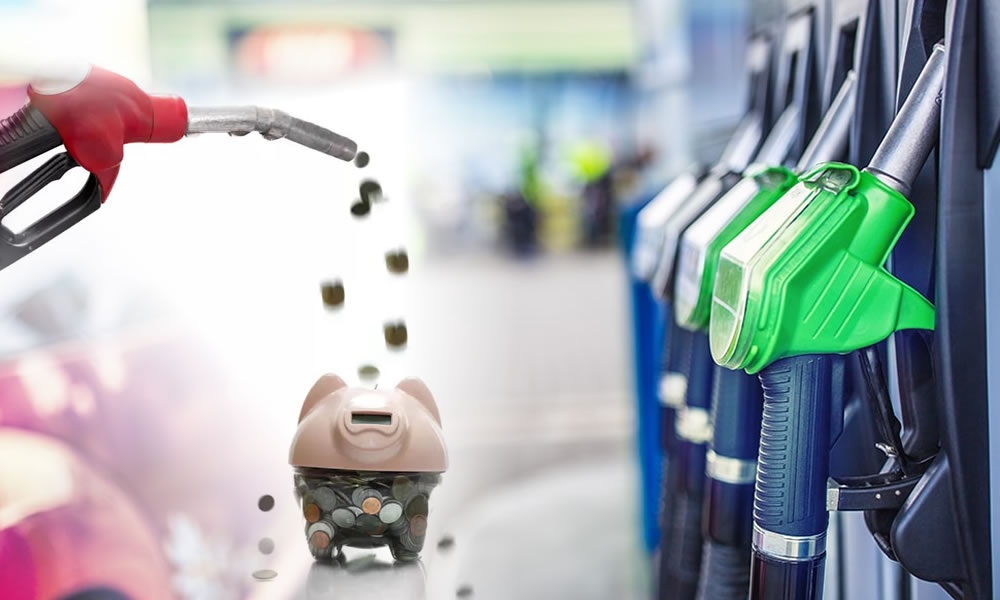Finding and Navigating Participating Fuel Stations using Augmented Reality

The process of locating and navigating fuel stations that take particular fuel cards can be greatly enhanced by the integration of this technology with fuel card services. Driving along a highway, picture your AR-enabled device directing you to the closest participating gas station. It would show you real-time information about the cost of gas, services that are available, and even an expected arrival time depending on the flow of traffic. Both fleet management and individual drivers benefit from a new degree of convenience and efficiency brought about by this degree of integration.
The capacity to see data in an understandable and intuitive manner is one of the main benefits of employing augmented reality in this situation. Conventional techniques for locating participating gas stations frequently entail utilising a GPS device that displays stations without offering much extra context, or searching for locations on a map. With augmented reality (AR), drivers only need to aim their device at their surroundings for information about neighbouring stations to be superimposed onto the outside world. This facilitates the process of locating participating stations and enables speedy comparisons of fuel costs, travel times, and services provided.
There may be more advantages to integrating augmented reality (AR) with gasoline card systems than just locating and navigating stations. Businesses can employ augmented reality (AR) to give drivers real-time training and support, for instance. AR can walk drivers through the process step-by-step when they are having trouble with a fuel card or are unaware of how to use it at a specific station. It does this by superimposing instructions directly into the relevant areas of the petrol pump or payment terminal. This lowers the possibility of errors and their related expenses in addition to increasing the efficiency of fuel transactions.
When using augmented reality (AR) for gasoline station navigation, privacy and data security are also crucial factors to take into account. Since location data and maybe even fuel cards australia account information will be needed by AR systems, it is imperative that these systems have strong security features to safeguard sensitive data. Companies need to make sure that any augmented reality apps they utilise abide by applicable data protection laws and that drivers are fully aware of how their data will be handled and safeguarded.
To sum up, augmented reality has great promise for transforming the way drivers locate and manoeuvre through participating gas stations, particularly when utilising fuel cards. AR can make finding and accessing gas stations easier, safer, and more efficient by superimposing real-time information over the real environment. With the use of this technology, fleet management companies can increase overall operational efficiency, optimise fuel expenditure, and improve driver safety. Fuel cards for business are already convenient and useful in the modern world, but as AR technology develops, we’ll probably see even more creative uses for them.







